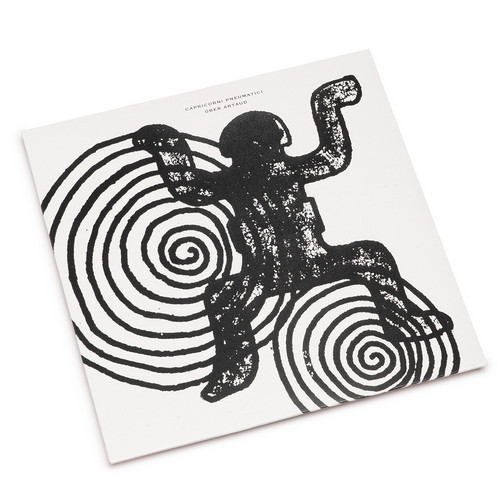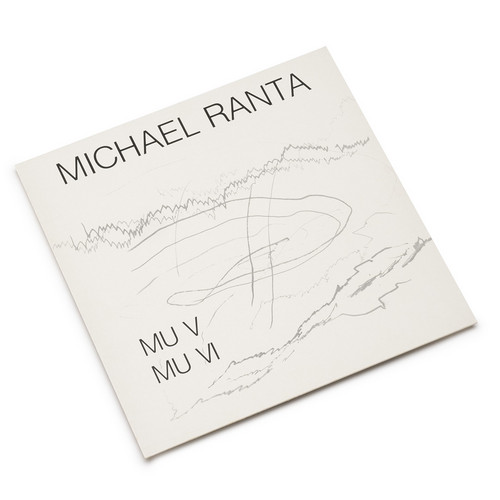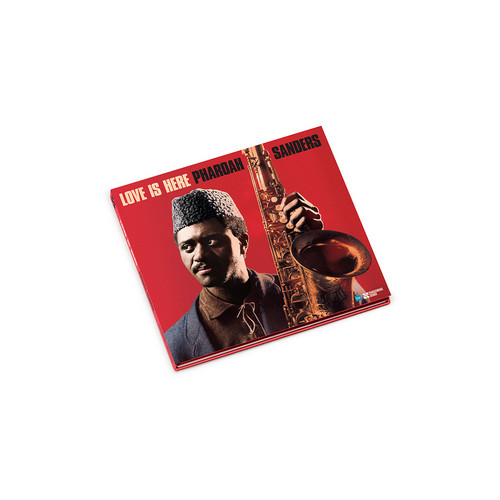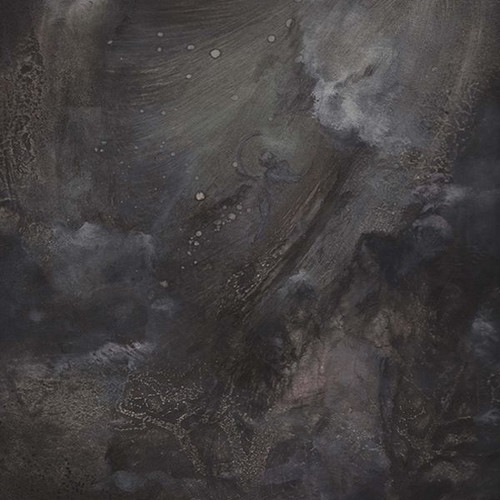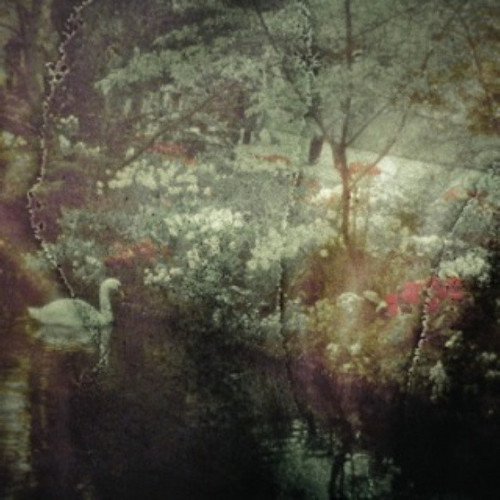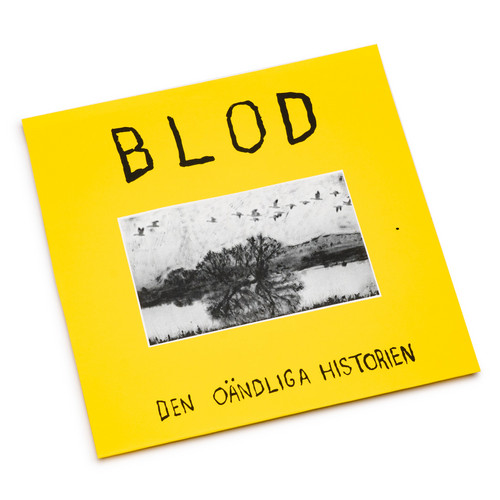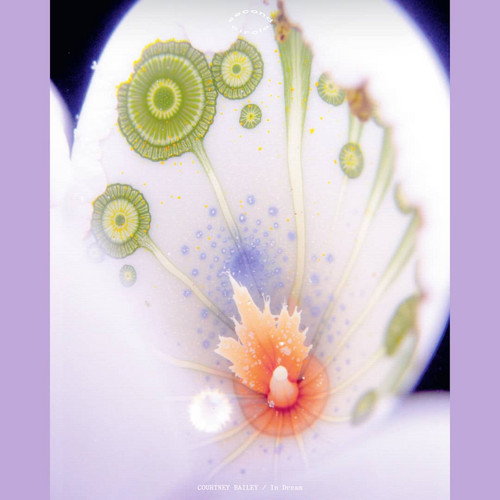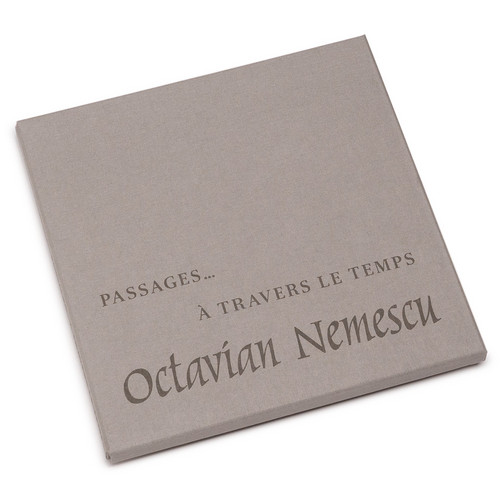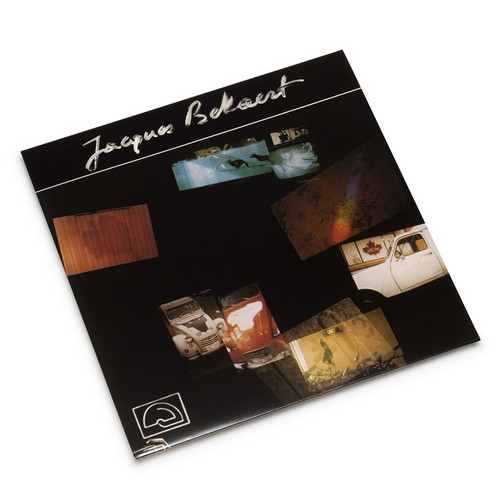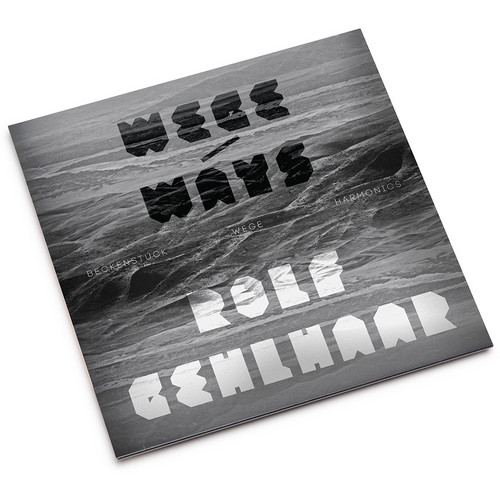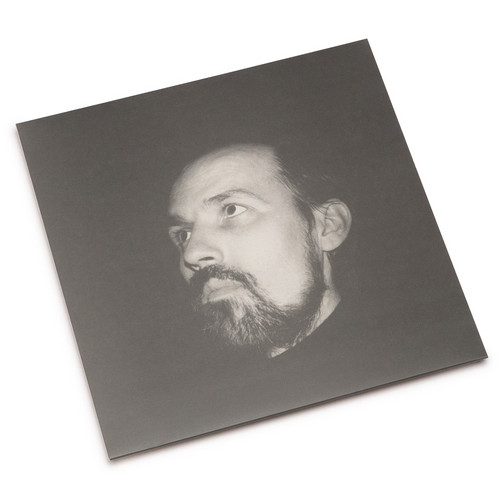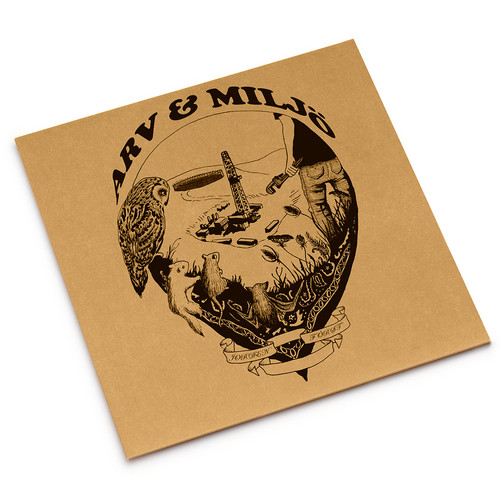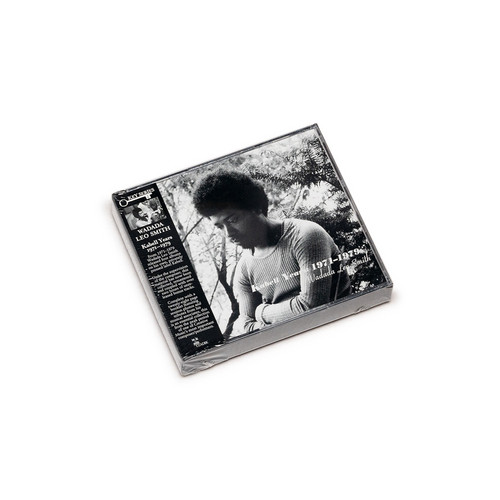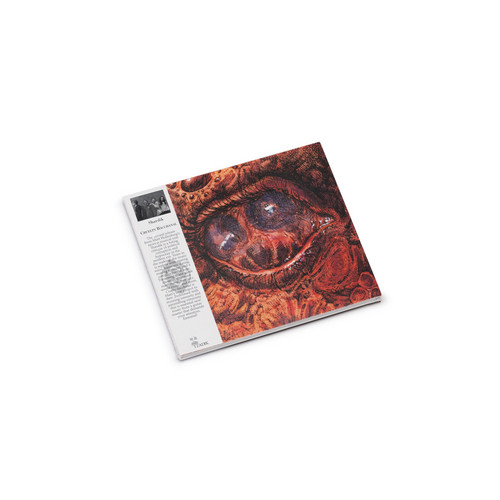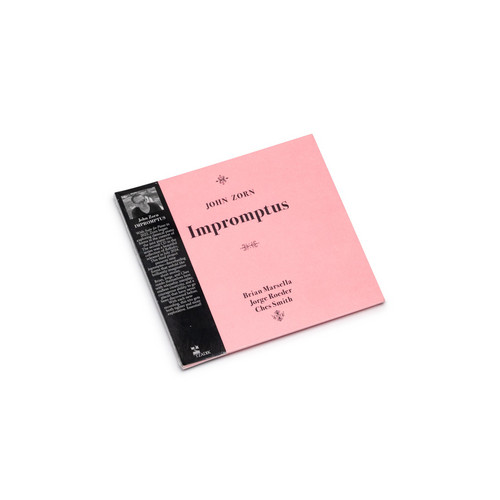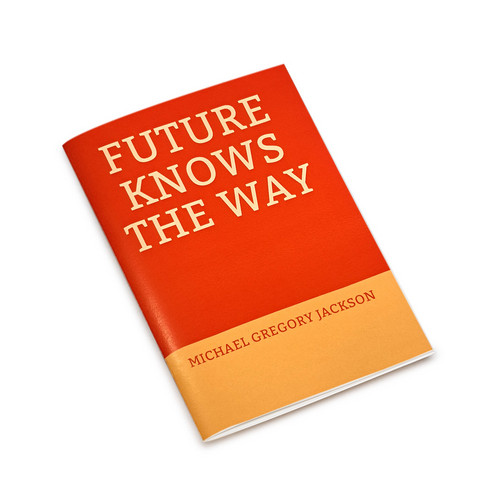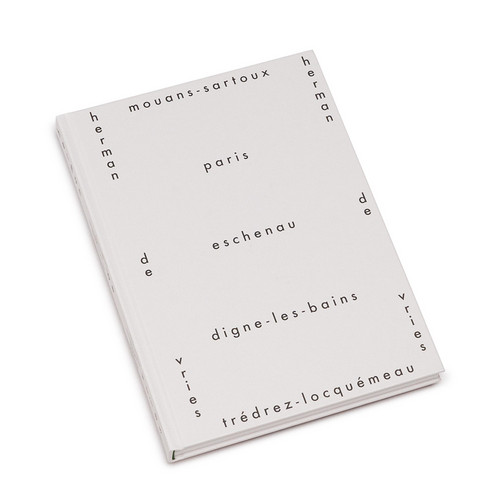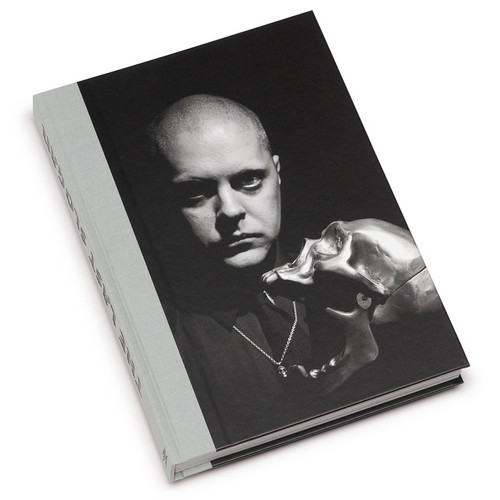Back in stock
Diamond Jubilee
Much-needed repress. Black vinyl comes with 24" x 36" poster, and download card. Superior Viaduct and our new artist label, W.25TH, are proud to continue to be the home for Cindy Lee with the physical release of the celebrated album Diamond Jubilee. …
Über Artaud
After forty years, the enigmatic Italian collective Capricorni Pneumatici's lost opus, Über Artaud, finally emerges complete. Originally conceived in 1987 as an electronic sonorization of Antonin Artaud's censored 1947 radio work "Pour En finir avec …
MU V / MU VI
Original 1984 copy of self produced studio album from 1984. Recorded and mixed at Conny’s Studio. Insane instrumentation, expanding the boundaries of percussion. Michael Ranta is an american percussionist based in Cologne since early seventies. Known…
Love is Here - The Complete Paris 1975 ORTF Recordings
Biggest Tip! Limited edition 2-CD Digipak. Includes a 12-page booklet with rare photos from the actual performance by Christian Rose, and an exclusive essay by longtime Down Beat contributorKevin Whitehead. Transcendence Sounds - the groundbreaking …
The Innocents
Marsfield is a collaborative project that involves British musicians Andrew Chalk (Ora, Mirror, Isolde...), Robin Barnes and Vikki Jackman along with Australian Ambient practitioner Brendan Walls. Following Three Sunset Over Marsfield and The Towerin…
Echos Pastoraux
Beautiful new album by Andrew Chalk and Timo Van Luyk (with Daisuke Suzuki on percussions and Ian Middleton on "accidental sounds"). Andrew Chalk is one of the most appreciate musician in this category floating between drone and ambient music, and hi…
Helvetet På Jorden Skona Ingen Fast Gud Älskar Dig
* Edition of 500 copies, comes with a lyric booklet. Mastered by Joakim Karlsson. * With the intention of doing a proper and full out choir record, Helvetet På Jorden was initiated by Blod two years ago. While the finished album became something slig…
Den Oändliga Historien
*300 copies limited edition.* Blod, the enigmatic Swedish folk collective, announces the release of Den Oändliga Historian (The Endless Story), a new album that represents both the band's darkest exploration yet and paradoxically their most upliftin…
In Dream (LP)
In Dream finds Courtney Bailey navigating the blurred edge between introspection and liberation. Layering spectral synths over tactile percussion, her voice threads through emotional chiaroscuro - a sonic diary where desire, loss, and rebirth meet in…
Passages... À Travers Le Temps
Huge tip! *Hardboard linen LP box including + 8 page booklet in silkscreen printed hardboard linen box + dl code.* Metaphon label unveils a landmark reissue of Passages / À Travers Le Temps, showcasing Romanian spectral music visionary Octavian Nemes…
Jacques Bekaert (LP)
Edition of 500. ‘A Late Lunch’ is the soundtrack to Akiko Iimura’s eponymous movie realized in 1978. It is based on acoustic instruments and field recordings, brilliantly reconfigured and mixed by Jaques Bekaert to create a surreal, immersive soundsc…
Wege / Way
Bomb! Edition of 500 copies, with fold-out insert. Rolf Gehlhaar (1943-2019) was an instrumental and electronic music composer, and a pioneer in computer controlled interactive music. He grew up in the US where he studied philosophy and composition a…
Ziua Fără Sfârșit
Before spectral music had a name, Romanian polymath Corneliu Cezar was crafting electro-acoustic revelations. Ziua fără sfârșit collects his 1967-75 recordings - radical explorations of natural resonance that predate Western spectralism by a decade.
Jorden Forst (LP)
Huge Tip! An emotionally charged and bizarrely evocative look at radical environmental advocacy groups, mainly Earth First! and Earth Liberation Front, channeled through the memories of the Swedish Plogbill-movement and their actions throughout the e…
Kabell Years: 1971-1979
From 1971-1979 Wadada Leo Smith released four albums on his own, privately pressed label Kabell. Under the supervision of the composer, this material has now been collected, remastered and coupled with over two hours of unreleased bonus tracks, inclu…
Cruelty Bacchanal
Cruelty Bacchanal, the second release from guitarist Matt Hollenberg’s group Shardik, is a ferocious statement of intent. Years in the making and issued on John Zorn’s Tzadik label, the album presents a volatile and politically charged fusion of mode…
Impromptus
With “Suite for Piano” in 2022, Zorn began exploring classical forms in the context of the jazz piano trio. The second CD in the series was a beautiful collection of “Ballades,” released in July 2024. This third project presents nine Impromptus—freew…
Future Knows the Way (Book)
A limited edition book of Michael Gregory Jackson's poetry. Limited to 200 copies
Mouans-Sartoux, Paris, Eschenau, Digne-Les-Bains, Trédrez-Locquémeau
Bilingual Edition French/English This book is a visual and geographical journey through the artist's work and exhibitions, enriched by five original samples—olive leaves, charcoal, street paper, earth and seaweed—inserted and activated by hand accord…
The Last Slogan (Book)
Personal correspondence between Genesis P-Orridge and Jean-Pierre Turmel over a fifteen-year period. This book pays tribute to one of counter-culture's single most iconic figures of the past fifty odd years, someone who has over the course of he/r ca…

